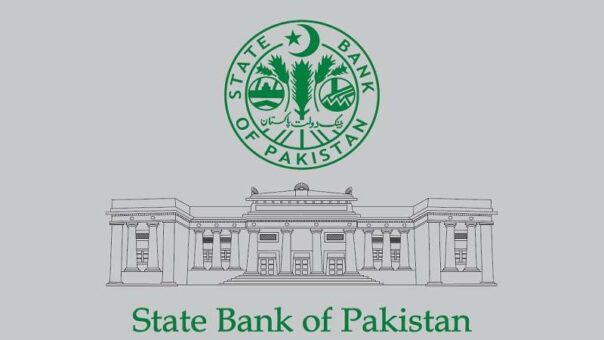Karachi, October 23, 2023 – The tax-to-GDP ratio in Pakistan has declined to 8.5 percent in the fiscal year 2022-23, down from the previous year’s 9.2 percent, according to official data revealed on Monday.
This data is based on revenue collection by the Federal Board of Revenue (FBR).
The State Bank of Pakistan (SBP) stated in its annual report on the state of the Pakistani economy for the fiscal year 2022-23 that the tax-to-GDP ratio fell to 8.5 percent due to slower growth in tax collections. This decline occurred in the context of a narrow tax base with increased reliance on indirect and withholding taxes.
The report highlighted that the reduction in the tax-to-GDP ratio, combined with substantial subsidies and grants, has resulted in persistently high fiscal deficits and mounting debt servicing costs. These factors pose challenges for maintaining debt sustainability.
The SBP noted that the steady increase in interest expenses is not sustainable, as it may limit fiscal space for development and other essential spending, including social protection. The situation underscores the need for efforts to address long-standing structural problems to reduce the fiscal deficit and generate a primary surplus to slow down the pace of debt accumulation.
Several factors contributed to slower growth in FBR taxes in fiscal year 2022-23, including import compression, a moderation in domestic demand, contraction in large-scale manufacturing (LSM) output, devastating floods, the zero-rated general sales tax (GST) on petroleum products and crude, and ad-hoc exemptions on duties, particularly on imports and the supply of relief goods.
Additional tax measures, such as an increase in super tax, GST, and Federal Excise Duty (FED), helped the FBR get closer to its target for fiscal year 2022-23. The breakdown of tax collection shows that direct taxes exceeded the target, almost compensating for the shortfall in indirect taxes. Withholding taxes and voluntary payments made significant contributions to the growth in direct taxes.
Indirect tax collection grew only marginally due to import curtailment, especially of dutiable imports, which affected collections of sales tax, FED, and customs duties.
The increase in inflation, higher interest income, changes in tax rates, and administrative efforts by the FBR to improve tax compliance contributed to the growth in tax revenue for fiscal year 2022-23.
The declining tax-to-GDP ratio and the need to address the challenges facing the tax system in Pakistan are important issues that require sustained attention and reform efforts.
State Bank of Pakistan Forecasts GDP Growth of 2-3% for FY24
